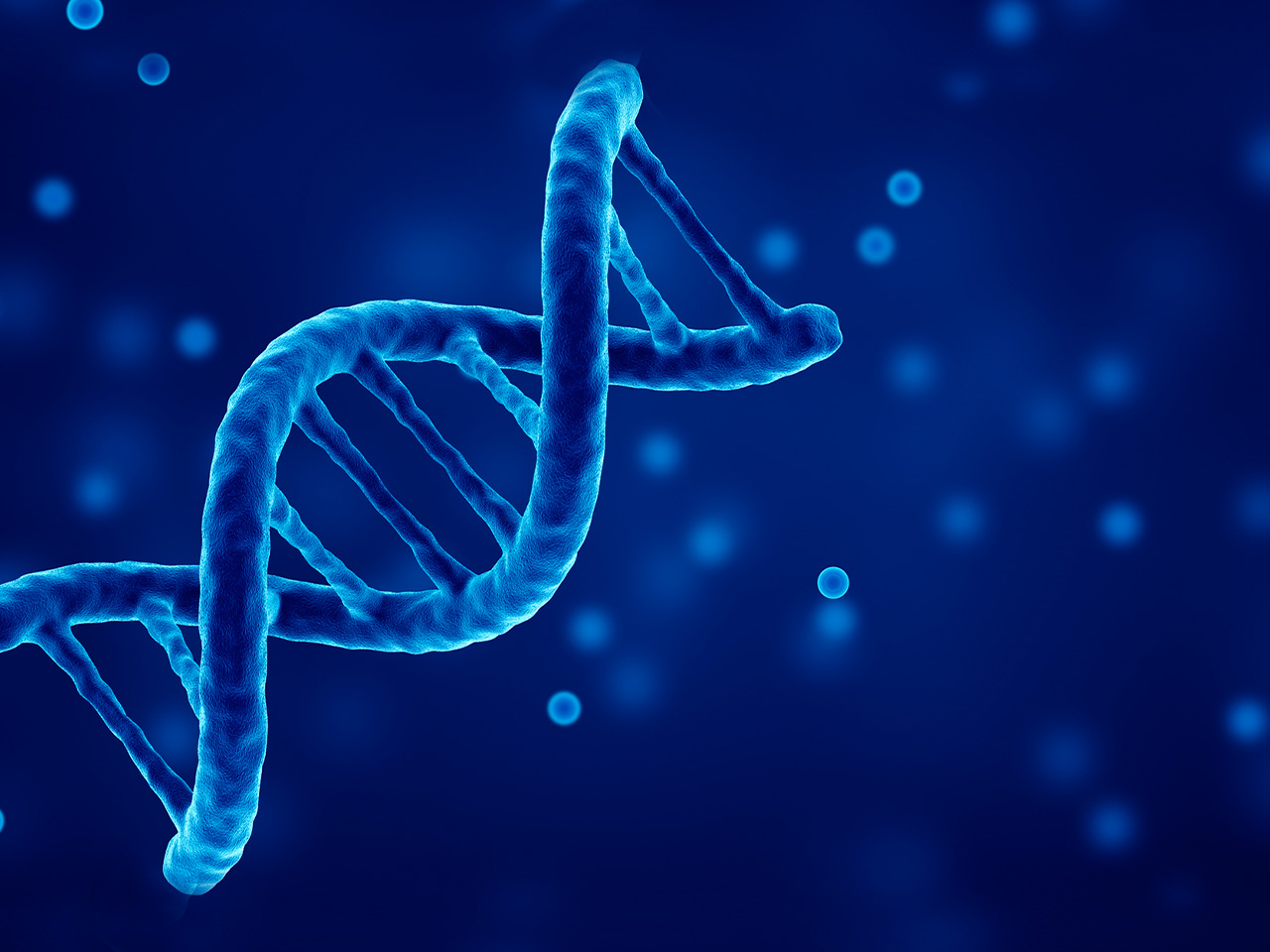



Original from Genomeweb
For many metastatic cancer patients, a one-time whole-genome analysis of a biopsy may be enough to identify their treatment options, a new study has found.
Researchers led by Emile Voest from the Netherlands Cancer Institute wondered how often patients' tumors should be evaluated for genomic alterations to best tailor their therapy with targeted treatments, especially if tumors evolve in response to treatment.
To examine this question, Voest and his colleagues analyzed the genomes of about 250 biopsy pairs from adult metastatic cancer patients collected during their treatment course. As they reported on Monday in Nature Medicine, the researchers found the actionable metastatic cancer genome is rather stable over time.
"We find that multiple, longitudinally sampled biopsies of the same patient with metastatic cancer show very high concordance when considering actionable genomic alterations," Voest and his colleagues wrote in their paper. "Our data show that a single WGS analysis is generally sufficient to chart [standard of care] genomic biomarkers for on-label treatments and ¡ª in addition ¡ª effectively identifies largely persisting indications for clinical trial enrollment for most patients with metastatic cancer."
For their analysis, the researchers sequenced the genomes of 481 solid metastatic tumor biopsies collected from 231 adult patients, as well as matched germline DNA. For most patients, the researchers analyzed two biopsies, though for a handful of individuals, three or four biopsies were examined. On average, there was a six-month gap between biopsies during which patients received a range of treatments, representing most standard-of-care approaches.
Overall, the genome-wide number of mutations varied by patient, though the number of mutations generally increased between the first and second biopsy.
Within the tumor biopsies, there were 2,491 somatic genomic drivers affecting 122 oncogenes and 155 tumor suppressor genes. Of the 1,318 drivers detected in a first biopsy, 1,232, or 86 percent, were still present in the second biopsy and 186 were lost. Meanwhile, of the 1,325 drivers detected in the second biopsy, 193 were gained since the first biopsy.
When they focused on the actionable cancer genome by mapping the somatic genomic drivers onto four databases of clinical actionability ¡ª OncoKB, CGI, CIViC, and iClusion ¡ª the researchers found that nearly a quarter of samples harbored a biomarker that could influence treatment. About 15 percent of samples had a biomarker suggesting sensitivity to a particular cancer drug, while 8 percent had biomarkers indicative of resistance.
Most of the time, the researchers found, these actionable biomarkers did not change between biopsies: 247 of the 250 sample pairs showed full concordance, suggesting there is limited evolution of the actionable metastatic tumor genome.
The results additionally suggest that the initial sequencing analysis provided a comprehensive view of targeted treatment possibilities, as a second analysis did not uncover any additional biomarkers for clinical trial enrollment for 91 percent of patients.
However, some patients treated between their first and second biopsies with small molecule inhibitors or hormone therapy had a higher rate of genomic evolution. Those treatments led to genomic alterations in the treatment targets in 21 percent and 22 percent of cases, respectively. In these situations, the researchers said repeat genomic evaluation may have clinical value.